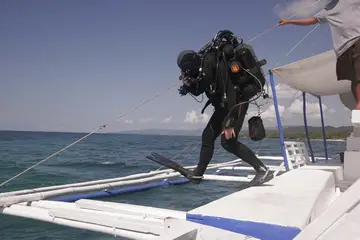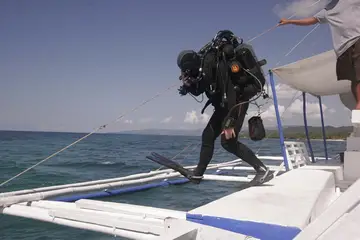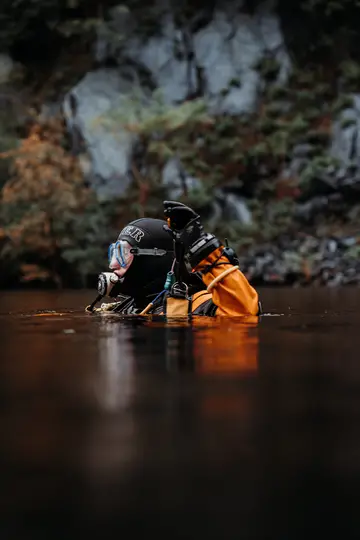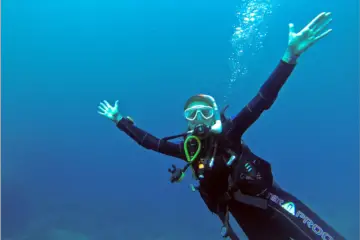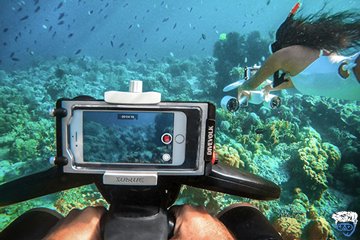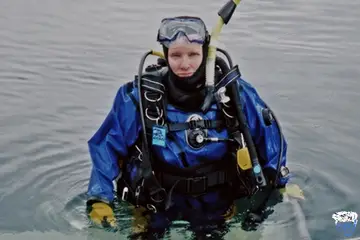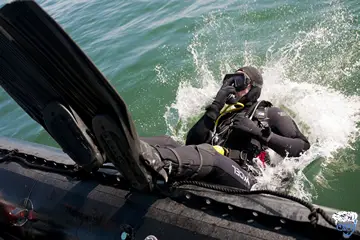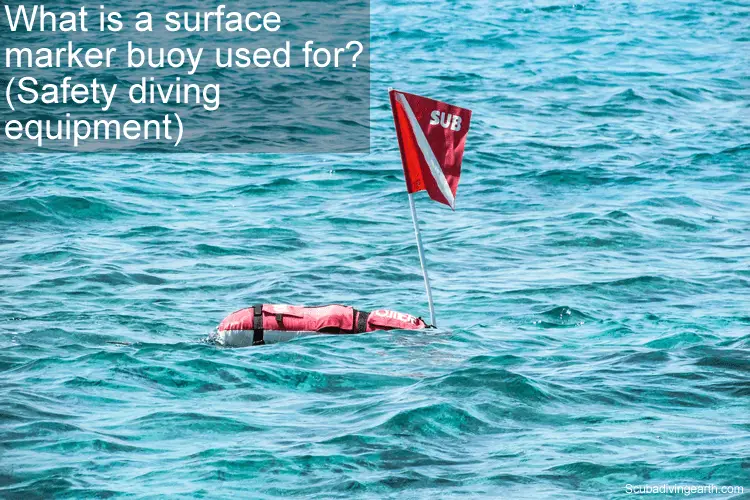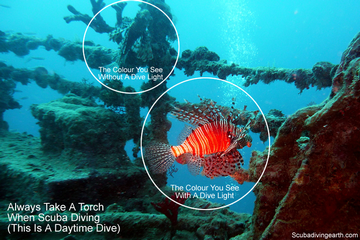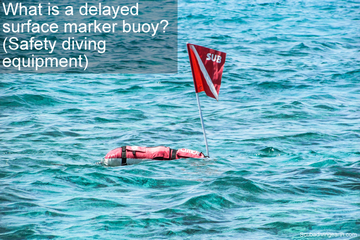What Is The Benefit Of A Rebreather: 10 Advantages Of Rebreathers
The main benefits of using a rebreather include no bubbles and reduced noise levels so you get closer to marine life, longer no-stop decompression dive times, reduced dehydration as the gas breathed is moist and improved safety with a reduced risk of decompression sickness.

